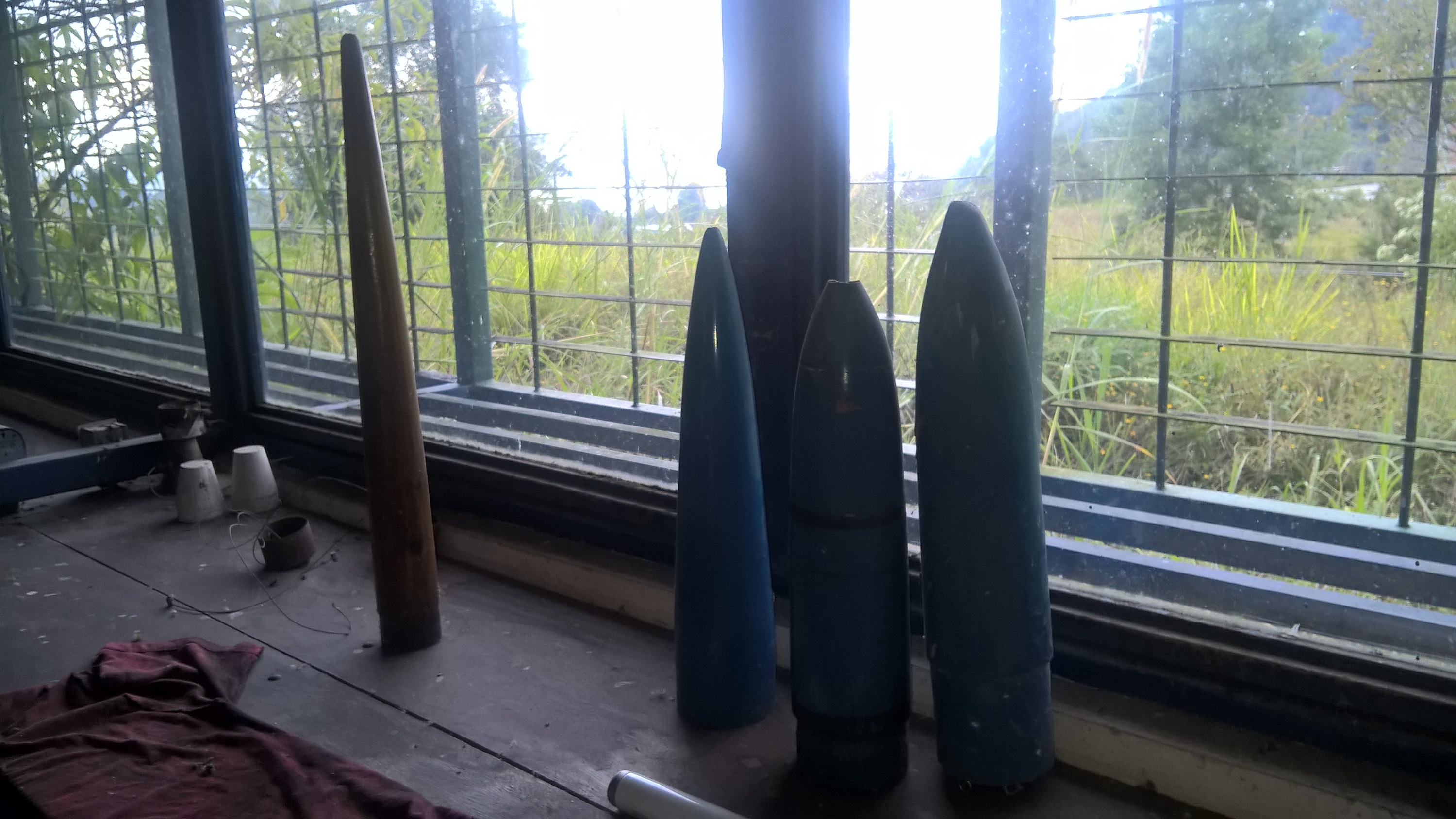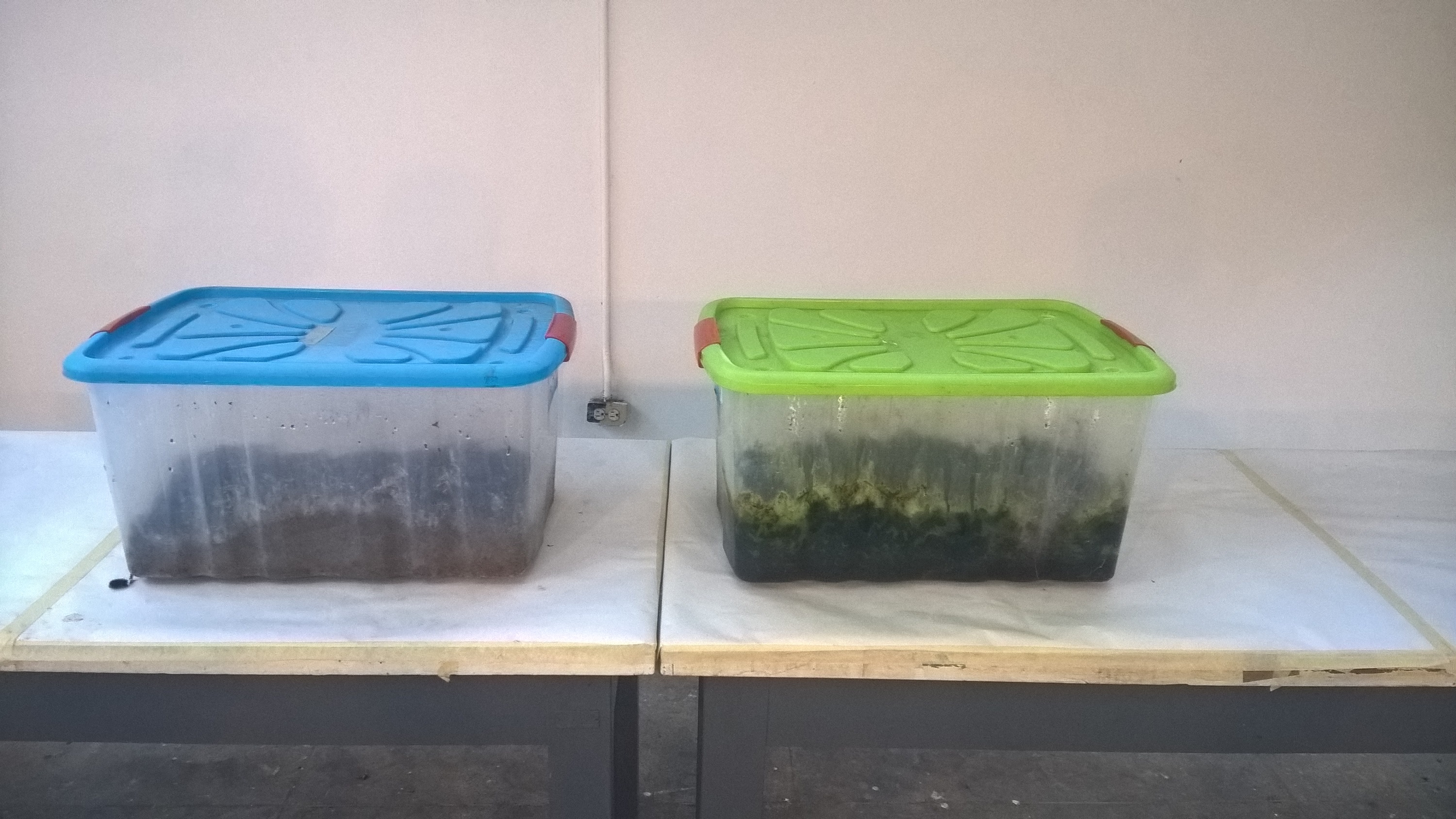The Dreamers: Meeting Mérida’s Rocket Scientists
It’s no joke, a small group of scientists is developing aerospace technology at Mérida’s Universidad de Los Andes. An odyssey? You have no idea...


“The whole idea of the satellites has been sold to the public in an incomplete, misleading way,” says María Alejandra Parco. “The government presents them as a triumph of Venezuelan sovereignty, but all it did was write a check for the Chinese. The technology and the people involved were Chinese and none of the technology was transferred to Venezuela. The only ‘sovereign’ thing on those satellites is the Venezuelan flag sticker on them.”
And if someone would know, it’d be these guys.
In 2012, after seven years of work, Hugo Chávez told Vicente Marcano that the government would fund his lifelong dream: “I was having lunch when my cellphone rang. It was Jorge Arreaza, then Science Minister. ‘The President wants to talk to you’ he said; Chávez congratulated me. He said we made our Patria proud.”
A multi-million bolívar budget was approved for his Center for Atmospheric and Space Investigations (CIAE, for its Spanish acronym) at the Universidad de Los Andes (ULA). It was the perfect encapsulation of how resources were managed in Venezuela, back when there were any.
It was Jorge Arreaza, then Science Minister. ‘The President wants to talk to you’ he said; Chávez congratulated me.
Marcano, a biologist specialized in astrobiology and evolutionary chemistry, tells me the story at CIAE headquarters, next to ULA’s Engineering School. The grass is unkempt, there’s a horse chewing the cud nearby, and the place doesn’t exactly scream “rocket science” but there is a solar panel in the entrance so, you know, there is some technological modernity around.
I am greeted by a small team of off-beat scientists. Some teach Sanskrit lessons in their free time, and they’re the brains of ULA’s Space Program.
Alongside Vicente Marcano, there’s John Ferreira, an electrical engineer specialized in designing power circuits for transport vehicles and we’re joined by María Alejandra Parco and Leonardo Lacruz, mechanical engineers with Master’s degrees in Applied Mathematics.
Since the CIAE’s creation in 2005, they have developed a series of rockets completely designed and built in their workshop.
They have produced two lines: the subsonic ULA-1 series, and a bigger supersonic ULA-2 series, launching 15 rockets in total. The last one, built in 2011, reached an altitude of 20 km and released a probe that collected meteorologic data. They are currently developing a third line, ULA-3, expected to reach up to 150 km, and place small satellites in orbit.
But you decide if this was a Faustian deal:
CIAE has always been forced to work closely with the Military, even when the ULA completely financed the research during its first years. Cooperation with the Air Force’s Center for Investigation and Aeronautic Development (CIDAE) was required to deal with logistics such as finding a place to launch the rockets and get the legal permissions needed to buy and transport fuel. This kind of interinstitutional relationship is not rare around the globe (take a look at DARPA), but in the Venezuelan context, it rang bells.
“The military didn’t trust us because we came from the University, they didn’t want to be linked with ULA, where an anti-government movement was growing strong. Many people in the University said we must be chavistas, getting benefits from the government. Some professors even sabotaged our work and threatened to kick us out,” says Maria Alejandra Parco.
Although cooperation was initially strong, it quickly deteriorated: “The day after our last launch, in 2011 (before Chavez’ call), an act for the Venezuelan Military Aviation Anniversary was to take place. The military took our project and presented it as their own. They never mentioned us, nor the ULA, they were just trying to impress Chávez. It was ridiculous, they were asked simple questions that they couldn’t answer. It was evident they didn’t make those rockets.”
Many people in the University said we must be chavistas, getting benefits from the government. Some professors even sabotaged our work and threatened to kick us out.
A Dossier episode regarding “CIDAE’s research” was filmed two years later. The CIAE is never mentioned, although one of their rockets is on display.
Funding came through a full year after Chávez’ call, when the Comandante was dying, interest waned and not even rockets could outrun inflation. Most of the money went to their current project, the ULA-3 series, but it quickly proved insufficient.
After contacting the recently created Müröntö, a shady dependency of the Defense Minister meant to promote research inside the Armed Forces, the government said it could finance the rockets, as long as they were developed in the context of Plan Sucre, an ideological restructuring project for the Armed Forces denounced by María Corina Machado back in 2012. Victor Cano, former president of the Bolivarian Space Activities Agency visited their installations, offering official support… as long as a military officer was in charge.
“We said no, of course” Lacruz remembers. “It’s one thing to work with the Armed Forces as a representative of the Venezuelan State, but to align our project with the military is quite another. Our rockets are strictly for civilian purposes.”
“They want to build rockets for a prolonged People’s War, when the Revolution has to defend itself from its enemies” adds Marcano. “I read it myself in the document they sent us.”
Working with a University whose budget barely covers professors’ salaries, CIAE’s ULA-3 project is on hold. They have completed the design stage and are using fermented horse pee and poo to get the nitrate needed for the fuel, since the Defense Minister has ignored their requests to buy the required chemicals.
The project was further delayed when CIAE’s installations were robbed this year.
But earlier today, the VRSS-2 “Sucre” Satellite was launched. This is the third satellite built and launched by the Chinese for the Venezuelan Government, a project heavily publicized by the propaganda apparatus.
“Look, the government says the satellites are meant to improve communications and develop cartographic models” sighs Marcano, “but I’ve seen the satellite’s specs, and remember all the money spent on war materials. There’s no way those satellites aren’t used for military purposes, maybe by the Chinese.”
We are in the dark about how deep the Chinese are in Venezuelan affairs, but it’s clear that just like it did with food and industry, the government is happily embracing foreign research while burying the national development.
Marcano and his team know they won’t complete any project until a political change occurs.
No one in this country will.
Caracas Chronicles is 100% reader-supported.
We’ve been able to hang on for 22 years in one of the craziest media landscapes in the world. We’ve seen different media outlets in Venezuela (and abroad) closing shop, something we’re looking to avoid at all costs. Your collaboration goes a long way in helping us weather the storm.
Donate






